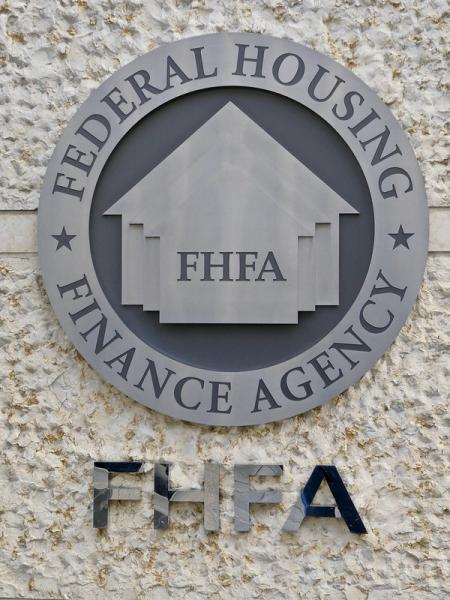
Last week, Americans for Tax Reform submitted comments to the Federal Housing Finance Agency on its proposed capital requirement rule. This rule sets minimum capitalization levels for Fannie Mae and Freddie Mac as the FHFA begins the process of ending its conservatorship of the Enterprises. Ending conservatorship will help remove the explicit burden of loss from the taxpayer, which can only be done by ensuring the Enterprises build up sufficient capital levels to protect against an economic downturn.
ATR broadly applauds the Agency’s leverage ratio requirement as well as the inclusion of credit risk transfers in the proposed framework. We believe the rule’s direction to raise the leverage ratio ensures the Enterprises will be able to cover potential losses from underlying mortgages in the event of a market downturn and acts in support of more technical risk-based requirements that are subject to error. The leverage ratio, in contrast to risk-based requirements, acts as a broad-based hedge of risk and ensures the Agency fulfills its mission to withstand housing market downturns and give countercyclical support to the mortgage market. That is, strength when the broader economy and housing market is weak.
ATR emphasized the need to incrementally step-up capital requirements like the leverage ratio slowly, rather than rapidly as suggested in the proposed rule. Structuring an onramp would give the Enterprises necessary time to phase in changes and help preserve the CRT market, which is also an essential countercyclical balance for the Enterprises. The CRT market has become a central mode through which the Enterprises manage the risk it assumes in the mortgage market. We advise against requirements to curb CRT in order to support the continued stability of the Enterprises.
CRT effectively serves as a buffer to protect taxpayers from the underlying risks of the mortgage market by selling credit risk to private capital markets and reinsurers. This shrinks the extent to which the Enterprises can suffer losses on mortgage defaults and places private capital in front of taxpayer liabilities in the event of a market downturn. By issuing CRT, the Enterprises limit their risk levels as they continue to take on mortgage risk, serving both their mission to foster a strong mortgage market and limit the exposure to the taxpayer from needing to bailout the Enterprises again.
While the success of the CRT program within conservatorship for both Enterprises and market participants is indisputable, the path toward independence must still include capital buffers and ratio requirements. Maintaining support of the rule and cognizance of CRTs’ benefit, ATR indicated its wish to see the FHFA study the economic impact of the CRT market before definitively deciding to curb its use, as any increase in capital requirements would necessitate. Preserving the CRT market is vital to any finalized capital requirements rule.
Read the full letter here.

